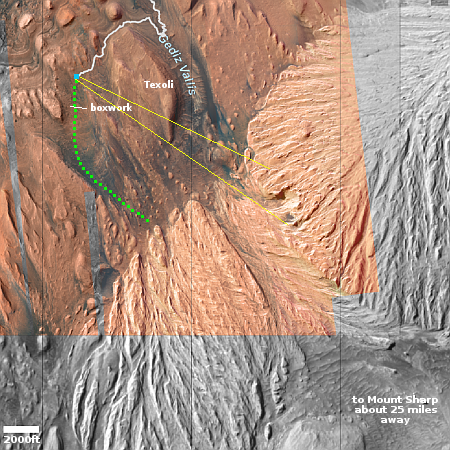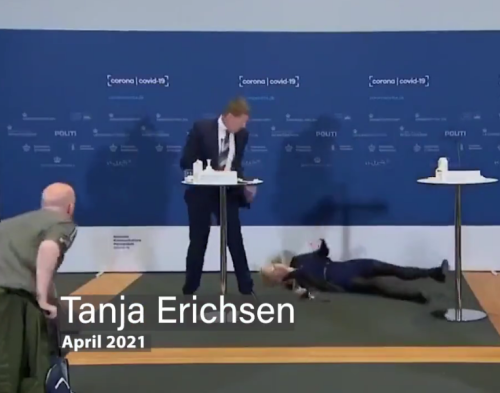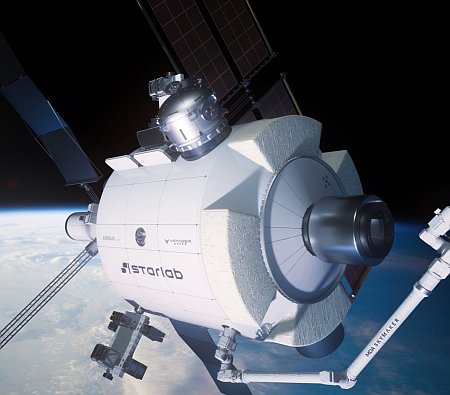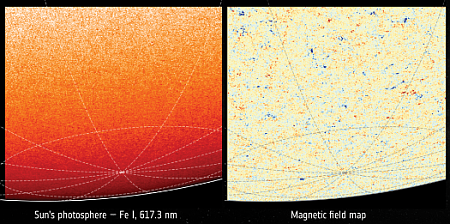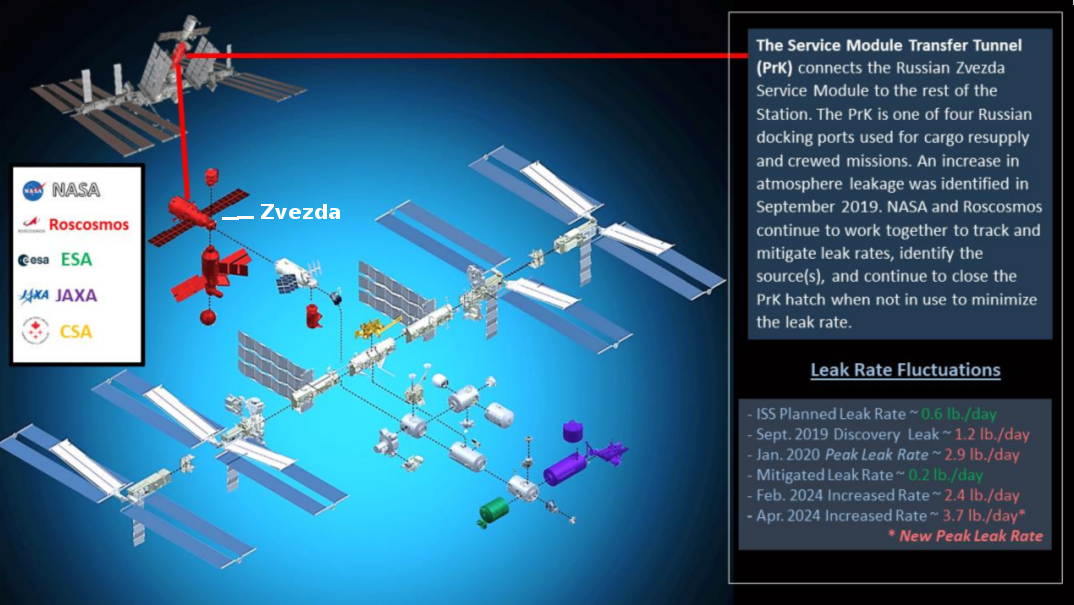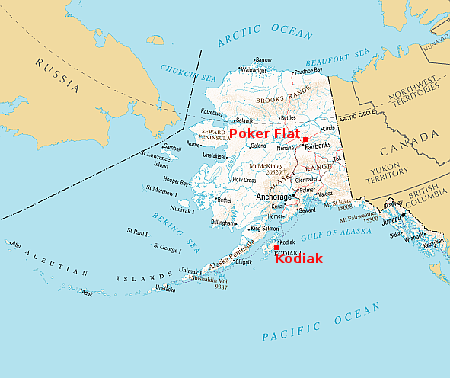June 16, 2025 Quick space links
Courtesy of BtB’s stringer Jay. This post is also an open thread. I welcome my readers to post any comments or additional links relating to any space issues, even if unrelated to the links below.
- Blacksky expanding the capabilities of its imaging and surveillance satellite constellation
This decision was apparently fueled by the recent successful launches of Blacksky satellites by Rocket Lab.
- NASA’s 96-minute long documentary on the building of the Webb Space Telescope
I haven’t watched it and likely won’t, because I can’t imagine NASA telling the real story of the budget overruns, endless delays, and chronic bad management that plagued Webb from day one.
- Japan’s space agency JAXA unveils its upgraded HTV-X unmanned cargo freighter for ISS
It will be launched on Japan’s new H3 rocket later this year, the first of five HTV-X supply missions to ISS.
- Chinese pseudo-company Interstellar Glory says the first flight of its Hyperbola-3 rocket will occur by the end of 2025
The rocket is essentially attempting to copy what the Falcon 9 does. Whether the company will recover the first stage on the first launch is definitely uncertain.
- ESA releases first images from its solar telescope Proba-3
It uses a separate “occulter” satellite to block the Sun’s light in order to study the Sun’s corona, its atmosphere.
- On this day in 1963, Valentina Tereshkova became the first woman to fly in space
It would almost two decades before a second Russian woman would fly in space.
- Cockpit footage of Iranian ballistic missiles launching towards Israel, taken from a commercial flight over Dubai
Expect fewer and fewer of these launches in the coming days.
Courtesy of BtB’s stringer Jay. This post is also an open thread. I welcome my readers to post any comments or additional links relating to any space issues, even if unrelated to the links below.
- Blacksky expanding the capabilities of its imaging and surveillance satellite constellation
This decision was apparently fueled by the recent successful launches of Blacksky satellites by Rocket Lab.
- NASA’s 96-minute long documentary on the building of the Webb Space Telescope
I haven’t watched it and likely won’t, because I can’t imagine NASA telling the real story of the budget overruns, endless delays, and chronic bad management that plagued Webb from day one.
- Japan’s space agency JAXA unveils its upgraded HTV-X unmanned cargo freighter for ISS
It will be launched on Japan’s new H3 rocket later this year, the first of five HTV-X supply missions to ISS.
- Chinese pseudo-company Interstellar Glory says the first flight of its Hyperbola-3 rocket will occur by the end of 2025
The rocket is essentially attempting to copy what the Falcon 9 does. Whether the company will recover the first stage on the first launch is definitely uncertain.
- ESA releases first images from its solar telescope Proba-3
It uses a separate “occulter” satellite to block the Sun’s light in order to study the Sun’s corona, its atmosphere.
- On this day in 1963, Valentina Tereshkova became the first woman to fly in space
It would almost two decades before a second Russian woman would fly in space.
- Cockpit footage of Iranian ballistic missiles launching towards Israel, taken from a commercial flight over Dubai
Expect fewer and fewer of these launches in the coming days.







